Welcome new readers of RMP’s quarterly H2 infrastructure report. Each quarter we look back on the major stories related to hydrogen infrastructure advancements and we compare the current AFDC database to the AFDC database in the prior quarter to see what has changed. The AFDC database is updated by the US Dept of Energy & can be found by clicking here. Canada added a new data repository for hydrogen stations in Q2-2020. The Canadian website is administered by Natural Resources Canada. RMP will continue to use the US Department of Energy database as our primary data source as we learn more about the Canadian database. All this data (and more) goes into RMP’s interactive map of hydrogen infrastructure in the USA & Canada you can see by clicking here. Ok, on with the report…

The big story this quarter was supposed to be Navistar Inc. announcing they plan to bring a fuel cell Class 8 longhaul truck to market in 2024 with prototypes on California roads beginning next year. This news was made more interesting because the fuel cell stacks would be supplied locally by Detroit based General Motors. This news became slightly overshadowed, however, when CAFCP updated the planned hydrogen refueling station data for the next round of hydrogen stations from the latest 2020 CEC funding round. According to the data CAFCP uses to track station progress, almost all of the new planned stations will have a nameplate storage capacity of 1,600kg which is nearly 9x bigger than most of the
current Gen1 demonstration stations in California. This means the first 41 stations funded in part by the CEC have an aggregate capacity of 7,690kg while the next 55 stations built or planned have an aggregate capacity of 66,400kg representing an 863% increase in capacity! That’s a big increase. Let’s dive in on both of these stories and then get to the numbers for Q1.
Navistar & GM Partner To Build Hydrogen Fuel Cell Class 8 Trucks
Navistar Inc. announced it intends to produce a zero-emission long haul truck using fuel cell systems supplied by General Motors and will have an International RH Series (pictured above) FCEV model commercially available in 2024. J.B. Hunt Transport Inc., a longtime Navistar customer, will deploy some of the trucks in a pilot program beginning next year.
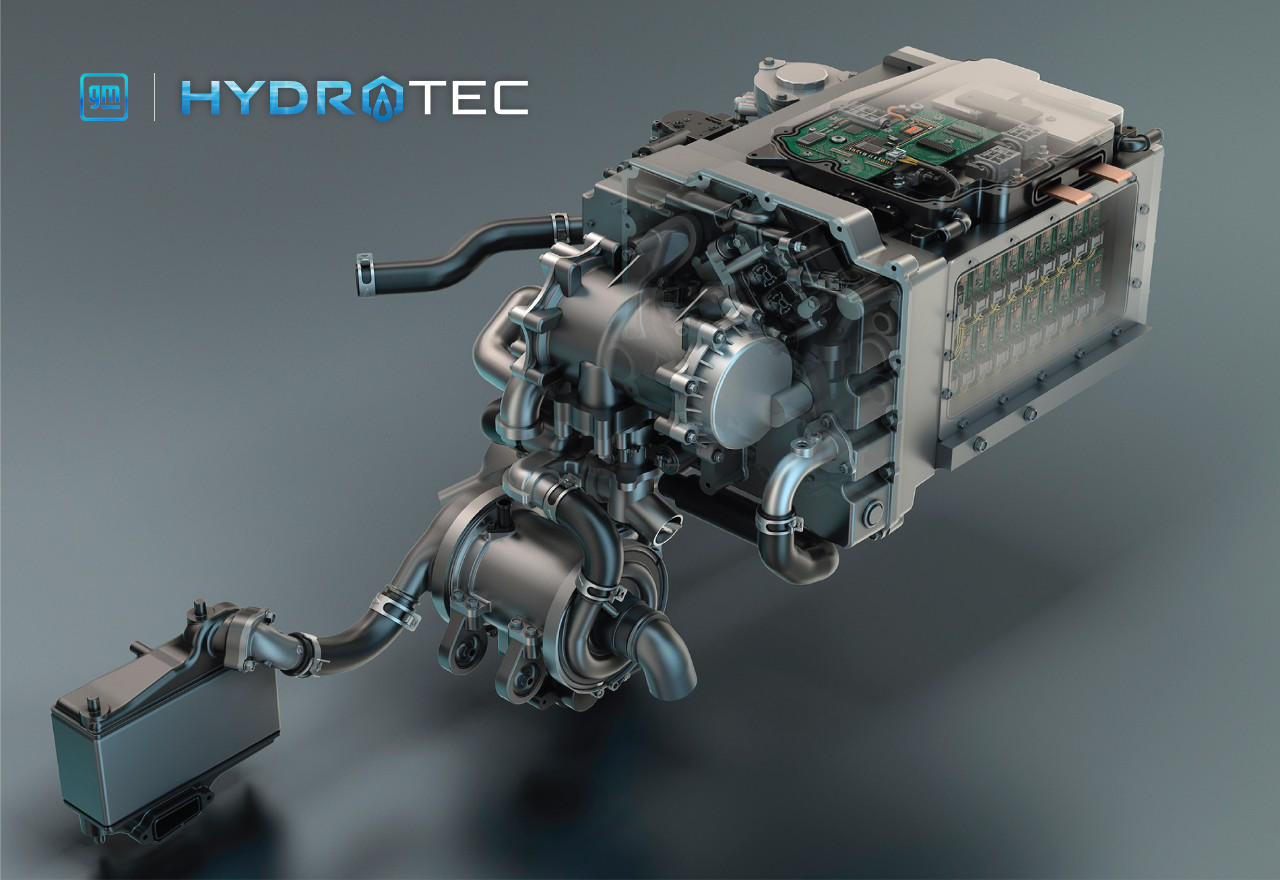
“At Navistar, we are mindful that the next generation of trucks will be an important piece of an ecosystem solution, and zero-emissions vehicles do not take a one-size-fits all approach,” CEO Persio Lisboa said. Navistar also is developing battery-electric trucks.
GM has 50 years of experience with fuel cells, Lisboa said, and is a “perfect partner on the industrial side, with global leadership in the space.” The RH Series FCEV will have a target range of 500-plus miles and a hydrogen fueling time of less than 15 minutes, according to the Lisle, Ill.-based truck maker.
The truck will get its energy from two GM Hydrotec fuel cell power cubes. Each cube contains 300-plus hydrogen fuel cells along with thermal and power management systems.
At the same time, Navistar took a minority stake in OneH2, a privately held company based in Longview, N.C., that will supply the needed hydrogen production, storage and delivery.
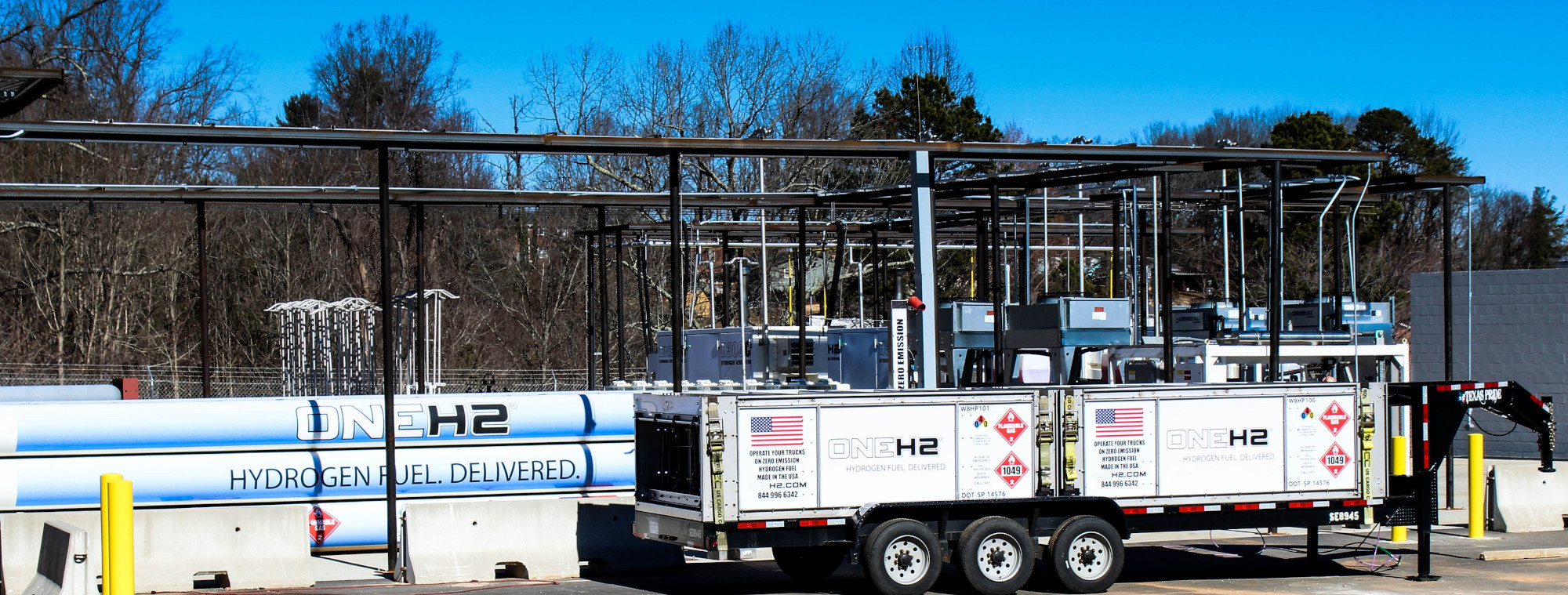
OneH2 plans to kick-start substantial hydrogen heavy-duty truck refueling infrastructure using its modular, scalable production units. OneH2’s hydrogen strategy has seen “great success” at warehouses to power forklifts, Lisboa said. “We have come up with a model that we believe can be highly successful, which is this decentralized way of distributing hydrogen at an affordable cost that can be expanded as demand grows.”
J.B. Hunt Transport Inc., a unit of Lowell, Ark.-based J.B. Hunt Transport Services Inc., will operate an as yet unspecified number of the trucks in 2022 as part of a pilot program along dedicated routes and evaluate the fueling infrastructure, likely to be located at its customers’ sites. J.B. Hunt Transport Chief Operating Officer Nick Hobbs said, “We have over 521 unique locations across the U.S. that we could deploy them to. We have a lot of flexibility as we roll this out.” Lisboa called Navistar’s approach to bringing a hydrogen fuel cell heavy-duty truck to market “probably the most integrated solution that is in North America.”
“There has been a lot of interest from a lot of our customers, in general, on how to do it,” Lisboa said. “But the main question that always comes with that interest is ‘How do we operate these units without the distribution of hydrogen?’ [We believe] our solution will enable the technology, and that is why we are so excited.”
Navistar spokesperson Bre Whalen said that Navistar’s latest partnerships do not impact a project announced in November with Cummins Inc. and Werner Enterprises and $7 million in funding from the U.S. Department of Energy to develop and pilot a fuel cell-powered Class 8 truck.
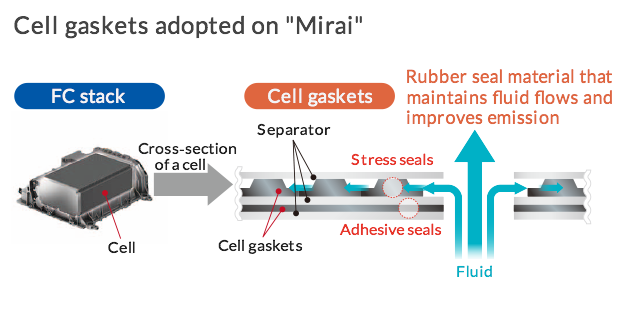
OneH2 was in the news this quarter in January related to investments from Houston Texas based Buckeye Partners, Swiss based Trafigura, Japan based Sumitomo Corporation, and Eugene Oregon based Pape Group. This partnership of powerhouses centered on the energy capital of the world, Houston, makes Texas as a hydrogen player. As RMP continues to document the growth of hydrogen infrastructure, we see developments all across North America. The East Coast collectively will be coming on the hydrogen scene soon thanks to Air Liquide’s investment into multiple refueling stations & the 100% renewable hydrogen production facility in Bécancour, Quebec. You can see Air Liquide’s East Coast refueling stations as well as the Quebec production facility on RMP’s map of North American hydrogen infrastructure. When you first load the map it only shows public retail refueling locations, but if you click the slide on the left, you can turn on & off different hydrogen location types, like the 100% renewable production facility in Quebec.
Generation 2 Hydrogen Refueling Stations – A Step Change in Scale
Having followed hydrogen refueling infrastructure for several years now, RMP has learned that it’s an awkward process of stops & starts. The more you learn about hydrogen infrastructure development, the more the headache of tracking data makes sense but that doesn’t make it any easier. When the CEC funding (GFO-19-602) was approved and announced in RMP’s Q3-2020 report, several stations were listed as proposed stations with names & addresses. But, even the best intentions of planning a hydrogen station are not a guarantee the proposed location will end up being the actual location. If you think about it, it makes perfect sense that during the planning & permitting stage of deciding on a new location there could be problems that force planners to come up with a different location than the originally planned location.
I had conversations with Ben Xiong from the CAFCP back in 2018 when he explained to me that the CAFCP is actually the group that supplies the DOE with hydrogen station data for the AFDC database which RMP uses to make our map of hydrogen station in North America. We are in that awkward stage right now where the stations in the AFDC database do not match the data CAFCP uses on their tracking spreadsheet to monitor hydrogen station development. This makes keeping RMP’s map up to date a little trickier because the CAFCP spreadsheet is the best source of data in America to know what’s really going on. The reason it’s tricky to monitor the station locations right now is because there are so many under development right now.
When I pulled the data from the CAFCP spreadsheet, like every quarter, a stunning realization occurred: all the new stations proposed in the new GFO-19-602 funding round are MONSTERS! Most all of the proposed stations are in the pre-permitting & planning approval stage and most are 1,600kg capacity stations with a handful of 1,200kg & 900kg stations mixed in. Collectively, the initial funding rounds of the first 41 stations had an aggregate capacity of 7,650 kilograms (avg = 188kg/station). The next 55 stations from CEC-2017 & CEC-2020 funding will have an aggregate capacity of 66,400 kilograms (avg = 1,207kg/station). Currently, regarding these 55 Gen2 hydrogen refueling stations, twelve of them are already open for retail business now, six of them are commissioning which means they’ll be opening soon, two more are currently under construction, and the remaining 35 are in various stages of the approval process to site and build.
Think about those numbers for a minute… aggregate station capacity is about to skyrocket 863% from the 41 Gen1 stations to the next tranche of 55 Gen2 stations. With roughly 8,000 FCEVs currently registered on California roads as of 12/31/2020, the upcoming station growth should allow for the number of FCEVs in California to grow by an order of magnitude over the next couple of years. Air Liquide’s new hydrogen liquefaction plant in Las Vegas will be a lynch pin in keeping these new upcoming stations replenished with hydrogen inventory. RMP wrote about Air Liquide’s upcoming 100% renewable liquid hydrogen production facility in last quarter’s report.

A new 100% renewable hydrogen production & liquefaction facility was submitted to California’s CEQA site for consideration on January 21, 2021 (pictured above). Stratos Fuel LLC proposes to construct the Renewable H2 Project, which will consist of the construction of a 100 percent renewable hydrogen electrolysis and steam methane reformation facility and associated professional office campus. The proposed Project will be constructed on approximately 10.38 acres of previously developed land located north-northwest of the intersection of Perimeter Road and Phantom East in the city of Victorville, San Bernardino County, California. The purpose of the Project will be to produce gas and liquid hydrogen for distribution to local and regional hydrogen fueling stations for use in electric fuel cell vehicles. Stratos LLC submitted their paperwork to CEQA on January 21, 2021.
Other Hydrogen Infrastructure Happenings 2021-Q1:
America’s first #Hydrail (or hydrogen railroad) project took another step forward this quarter. The Arrow Maintenance Facility (AMF) Hydrogen Fuel Upgrade Project paperwork was filed with CEQA on March 1, 2021. This new proposed project would include reconfiguration of the existing AMF to allow for the integration and operation of a zero-emission multiple unit (ZEMU) train vehicle in the southern portion of the AMF. Improvements to the AMF maintenance building would include ventilation and air conditioning; spark proofing on electrical wiring; battery charging outside of the maintenance building; installation of a H2 detection system; and a H2 refueling pad. The H2 refueling pad would consist of a storage tank, paved pad, and conversion container.
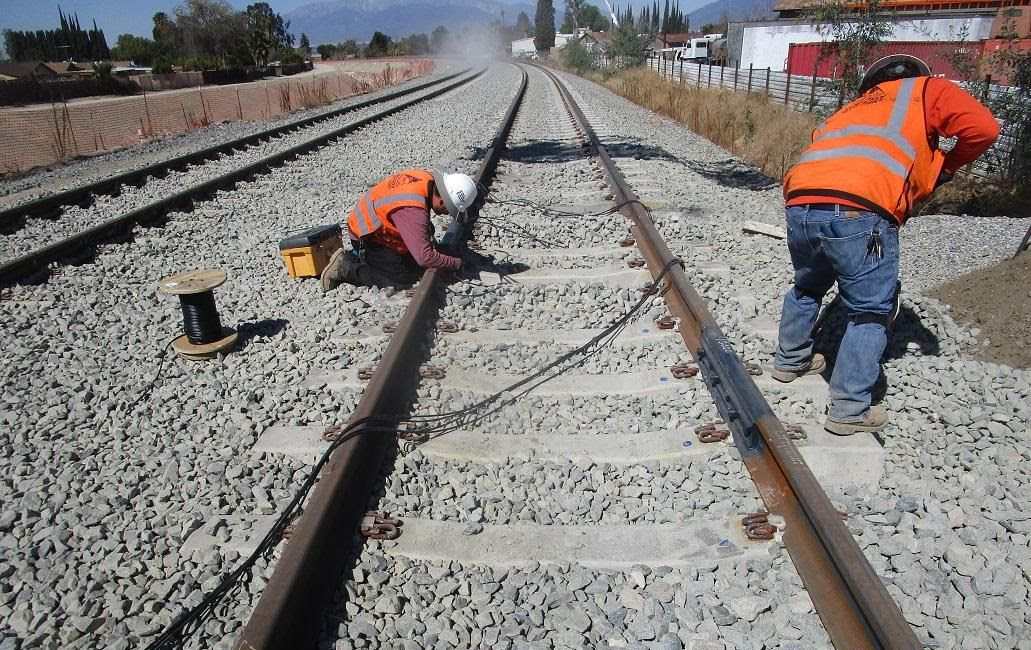
Also in Q1-2021, Air Products filed paperwork with CEQA to construct a hydrogen pipeline extension. The proposed project would construct 0.5 miles of new pipeline within the City of Carson and connect this newly constructed segment with 11.5 miles of existing pipeline, which would be repurposed for hydrogen distribution from its existing hydrogen production facilities located in Wilmington and Carson to the Paramount Refinery. The project route will initiate in the City of Carson and terminate in the City of Paramount. The project route will traverse small portions of the City of Los Angeles and County of Los Angeles. This hydrogen will be used to produce 3,500 barrels of renewable diesel & jet fuel per day from beef tallow and vegetable oils. The project would eliminate the need for five to seven tanker trucks of liquid hydrogen per day. This pipeline is very near & directly north of where Toyota’s Project Portal is going on at the Ports of Long Beach & Los Angeles.
New H2 Stations Opened To The Public 2021 Q1:
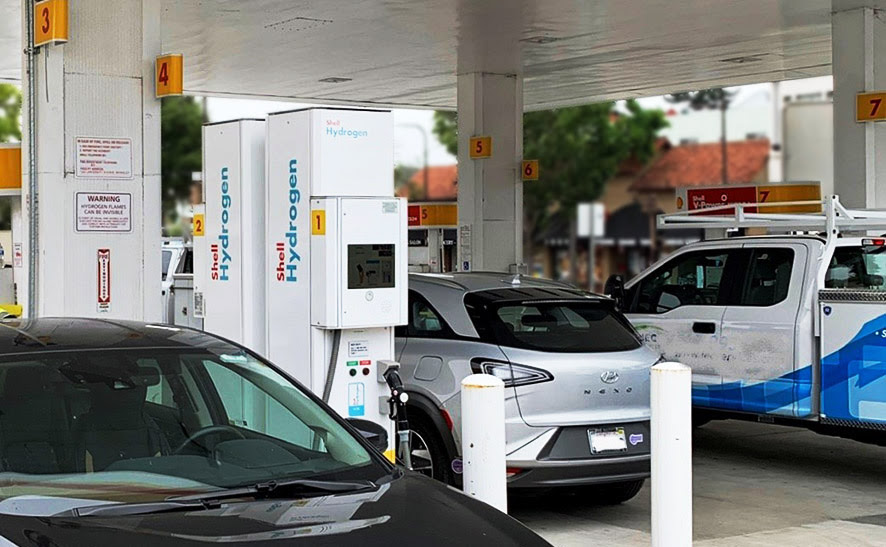
On January 12, 2021 – The Berkeley Hydrogen Station opened to the public. This is one more station using 100% renewable H2 bring the North American total of 100% renewable hydrogen stations to 17. The station has a 400kg capacity on HRS spreadsheet & listed as 560kg on CAFCP blog. This station has two fueling positions and is operated by Shell.
Some big stations are commissioning and will be opening as soon as Q2-2021:
- Sherman Oaks (Capacity 800kg)
- Campbell – E. Hamilton (Capacity 1,600kg)
- Studio City (Capacity 800kg)
- Placentia (Capacity 1,600kg)
- Aliso Viejo (Capacity 1,600kg)
- Concord (Capacity 1,600kg)
Fuel Cell Electric Vehicles Registered in North America 2021 Q1:
RMP uses data from IHS Markit Worldview to report FCEV registrations in the USA. IHS Markit is the industry standard source in the Detroit automotive industry for statistical registration data used in financial analysis & parts forecasting. IHS Markit data updates are published quarterly & lag approx two months behind calendar date for processing into the database. Therefore, in this quarter’s report, you’re looking at last quarter’s data (12/31/2020) which is the most recent and was published about one month behind (2/15/2021) this article’s publication date. Below are two tables compiled by RMP showing the latest FCEV registration data in the USA by state and in California by county according to IHS Markit.
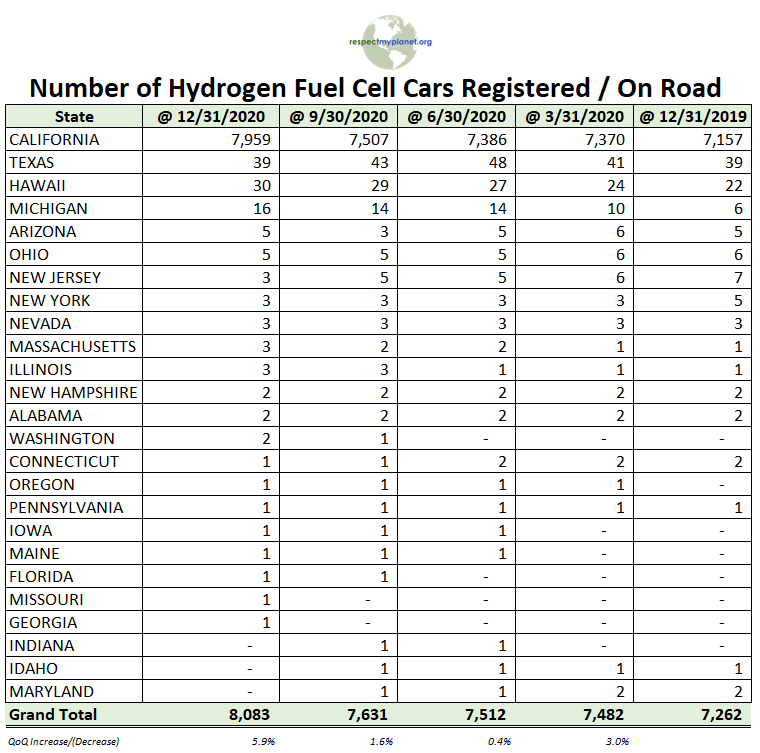
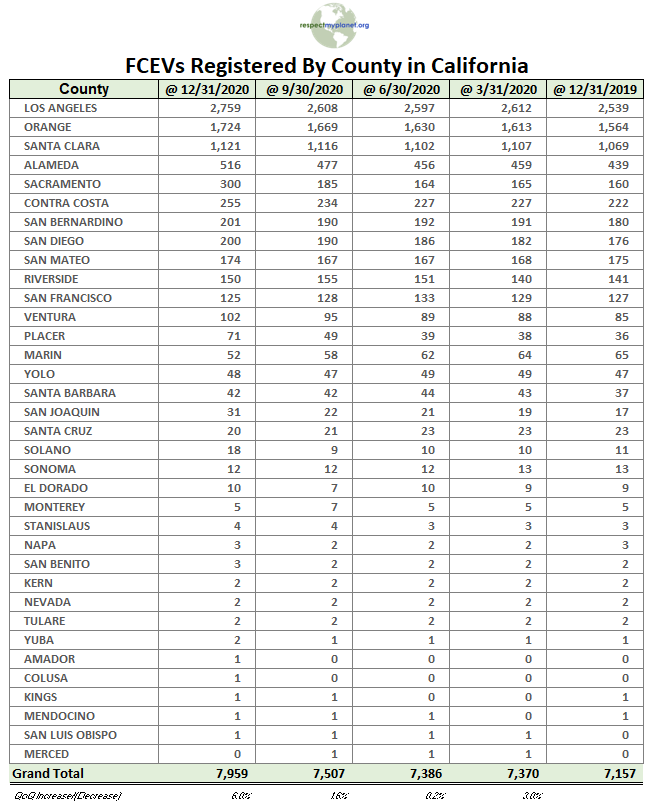
Important H2 Headlines 2021 Q1:
12/31/2020 – Fuel cell manufacturing company Plug Power (Latham, NY) plans to open a “gigafactory” in Monroe County New York that’s predicted to bring 375 jobs to the area. NY Senator Charles Schumer commented “I am ecstatic to say that Plug Power will be plugging into Rochester as the home for its new hydrogen fuel cell ‘gigafactory’ that will rev up Rochester with over 375 new good-paying, clean energy jobs” in a written statement.
1/9/2021 – Annual ARB8 Report on hydrogen stations in California was published. This report explains the progress on attaining 100 stations in California.
1/11/2021 – Kenworth became the first company to reach the summit of Pikes Peak with a Class 8 fuel cell electric vehicle. The milestone occurred during a Kenworth T680 FCEV zero emissions performance demonstration. No trailer was behind this beta truck built in Ann Arbor Michigan.
1/18/21 – Thyssenkrupp to install 88MW water electrolysis plant for Hydro-Quebec in Varennes, Quebec that will produce 11,100 tons of green h2 annually to be used for production of biofuels.
1/19/2021 – Government of Québec allocates $15m for green hydrogen developments. H2-View.
1/20/2021- Governor Cuomo announces Plug Power’s new innovation center in Monroe County. Details & address listed in the article. 377 jobs. Finger Lakes Forward initiative and more details as well.
2/1/2021 – Michael Andretti of Andretti Autosports announces deal with Powertap. Bringing Powertap’s technology into Andretti’s approx. 100 stations on West Coast with 39 in California alone. Powertap equipment Steam Methane Reforms CH4 into H2. This technology is something that can be deployed at any location where natural gas is vented to atmosphere or flared (e.g. landfills, wastewater treatment plants, animal farms, etc…). While it’s not perfect to use fossil fuel natural gas for making H2, it would still allow for reduction of CO2 vs gasoline & provide an economical way to allow hydrogen fuel cell vehicles to proliferate across the country by positioning H2 refueling stations in key corridors. The more H2 refueling availability there is will allow for price decreases as renewable H2 production drops in costs. There are literally hundreds of locations across the USA where RNG (Renewable Natural Gas) is produced that is considered “green” hydrogen where this technology can be deployed.

This website shows locations of Powertap reformers:
1/20/2021 – Canadian Pacific’s process of developing an experimental hydrogen fuel-cell freight locomotive should yield results fairly quickly, CEO Keith Creel says, with a prototype in operation in 2022.
3/9/21 – Ballard & Canadian Pacific announced that CP will employ Ballard fuel cell modules to power CP’s Hydrogen Locomotive Program. The modules will provide a total of 1.2MW of electricity to power the locomotive.
Final Remarks for 2021 Q1
To look now at these Generation 2 stations coming online now and more Gen2 stations about to come online in California, we really are at a watershed moment with what is about to happen and it’s been a long time coming. The Gen2 hydrogen stations mark a real step change in scale for California FCEVs. With Air Liquide’s 100% green liquefaction plant under construction in Las Vegas purpose built for California drivers, it instills confidence that these new Gen2 stations can stay stocked with hydrogen for energy hungry drivers with zero emission’s guilt. The paperwork getting filed with CEQA by Stratos Fuel for another 100% green hydrogen production facility just over the mountains in Victorville, California also bodes well for less supply interruption for California drivers.
On June 23, 2021 just before RMP’s next quarterly report gets published, the Tokyo Olympics that should have been played last year, will commence. On March 12, 2015 RMP published a [long winded] post about Responsibly Migrating Away from Crude Oil. In that post, I wrote that in just over 5 years the Tokyo Olympics 2020 will be the debut of hydrogen fuel cells on the world stage. Everything over the last six years was focused on laying the groundwork to show the world that hydrogen can and will work for everyone’s goals to improve the world environment. The pandemic pushed the Olympics back a year, but they’re here now six years later and everything is coming together at this watershed moment for the Hydrogen Economy in Q2-2021.
We have station capabilities in California that will allow for vehicles on the road to increase by an order of magnitude. We have green liquefaction plants well under construction & now planned to serve all that new station capacity. We have stations and production on the East Coast & green hydrogen plants already in operation in Quebec and now planned in New York too. As mentioned in this Q’s report, Texas is about to come on the scene and leverage hydrogen production & distribution already in place on the Gulf Coast. Things are really coming together right now for hydrogen.
RMP likes to map energy infrastructure for the good of the environment. RMP’s hydrogen infrastructure map in North America is my favorite map to work on. You can find all of the locations talked about on this report on that map. It’s always evolving and getting better as well as growing with the number of locations tracked. RMP is always looking forward to adding more locations as communities across the continent embrace the hydrogen economy. Thanks for reading this quarter’s report and we look forward to seeing you come back on June 30, 2021 to see our next report.
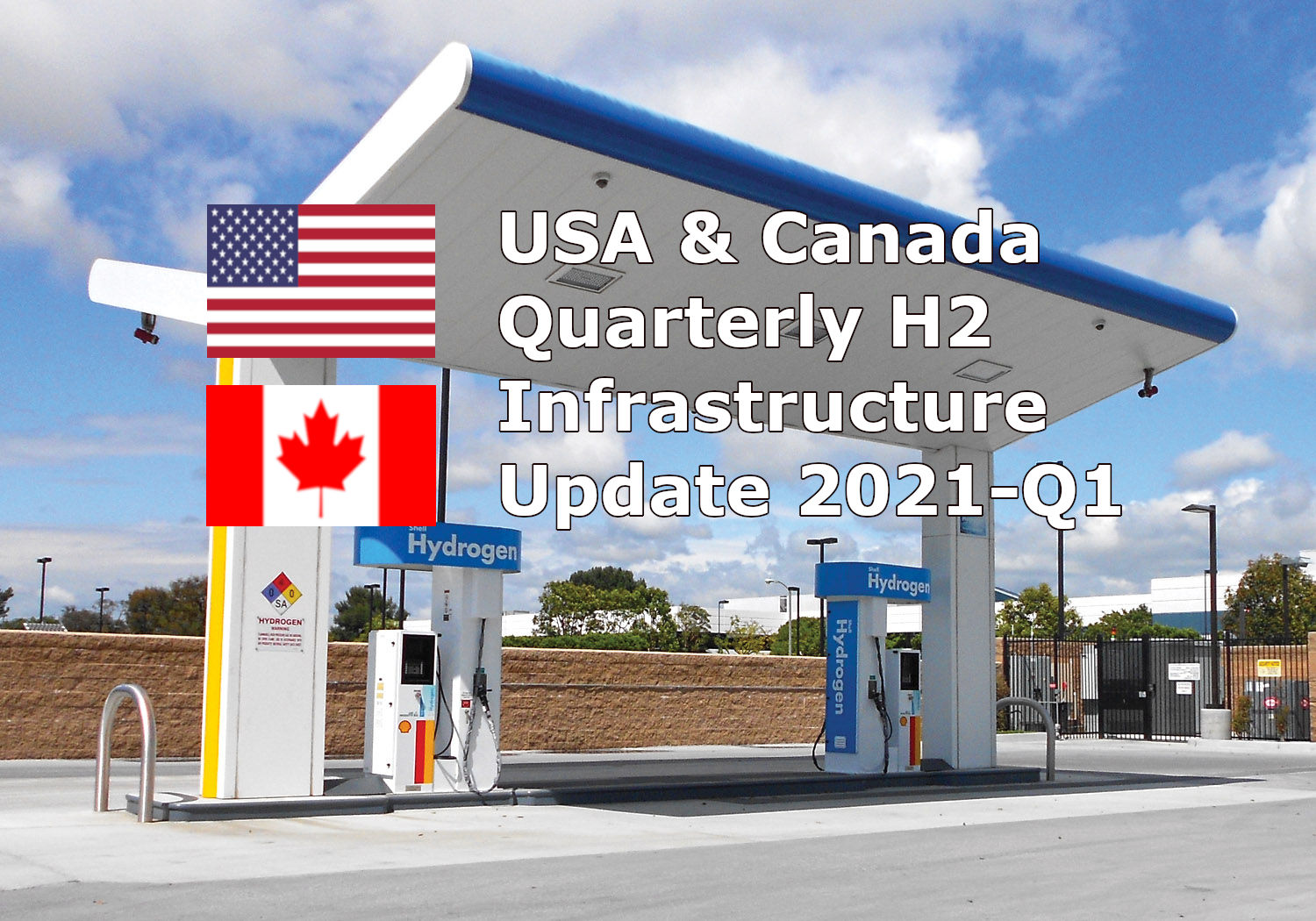
Leave a Reply